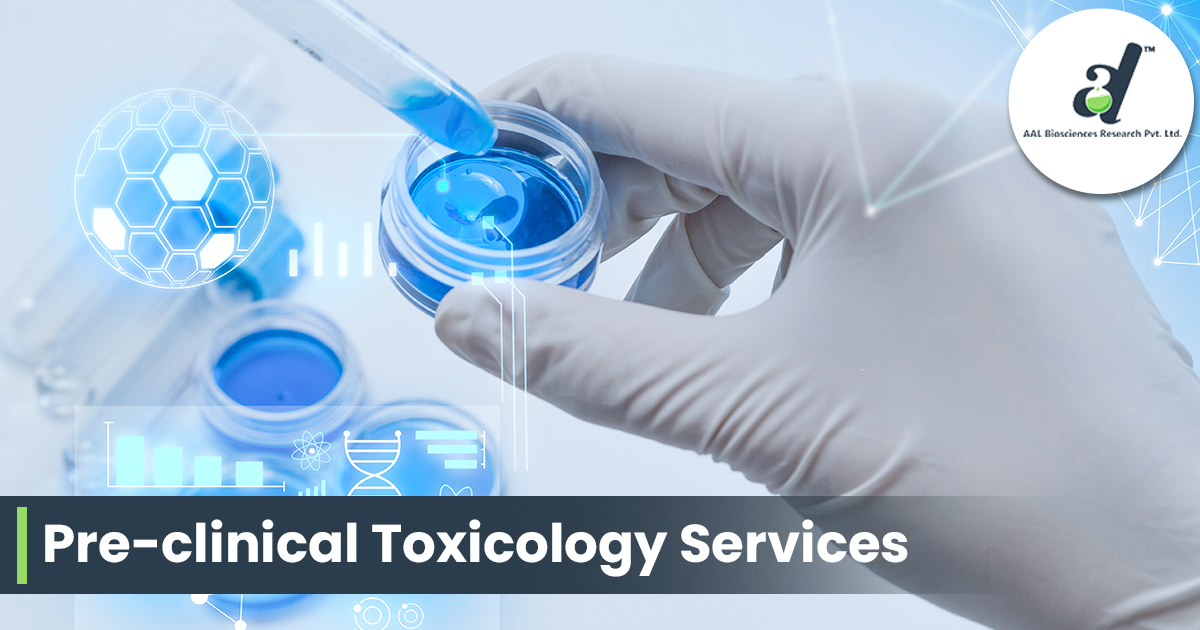

Microbial aerosol challenge testing is a package integrity testing method. Microbial aerosol challenge testing is used to determine whether your medical product’s packaging (traditionally vials) can maintain the sterility of your medication when the elastomeric multi-use enclosure system is exposed to airborne bacterial contamination. The microbial aerosol test is one of two microbial challenge testing methods for package integrity testing. The other method is microbial challenge testing using liquid immersion. Microbial aerosol challenge testing is crucial for verifying multi-use vial enclosure systems (such as those used for vaccines and other parenteral products) can maintain sterility despite airborne microbial exposure.
Microbial aerosol challenge tests evaluate whether external bacterial contaminants can get inside a medical product’s sterile packaging system. In most cases, this sterile packaging system is a glass vial with an elastomeric cap. In a microbial aerosol challenge test, fully sterilized and packaged medical products are exposed to aerosolized microbes. The packaged medical products are then evaluated to determine if the aerosolized microbes could penetrate the packaging exterior and contaminate the sterile products inside. Microbial aerosol testing can determine both the presence of the microbes and the degree of penetration of the aerosolized microbes with microbial aerosol testing.
Microbial aerosol challenge testing evaluates a finished product’s final sterile barrier system’s package integrity by exposing the terminally sterilized packaged product to aerosolized Bacillus atrophaeus bacteria. After the package exterior has been exposed to Bacillus atrophaeus, the package contents are tested for bacterial contamination.
Microbial aerosol challenge testing begins with the preparation of Trypticase Soy Broth (TSB) media that will be used as a negative control (without bacteria) and positive control (with bacteria). For now, the TSB is without bacteria. All microbial aerosol challenge methods are performed in an ISO Class 5 laminar flow hood to maintain sterility during the assessment. All positive controls, negative controls, and samples will have adapters for syringe use. For the preconditioning process, ten samples (terminally sterilized vials containing product) and all controls are held statically in an ISO Class 7 controlled environment for 28 days. Five of the samples will be laid down on their side, and five will be left standing on their base during the 28 days of storage. Two dose removals will be performed from the TSB vial at times of 0, 7, 14, 21, and 28 days. After 28 days of sample conditioning, the vial adapter/syringe assembly will undergo the microbial aerosol challenge test.
Samples pass the microbial aerosol challenge test if:


